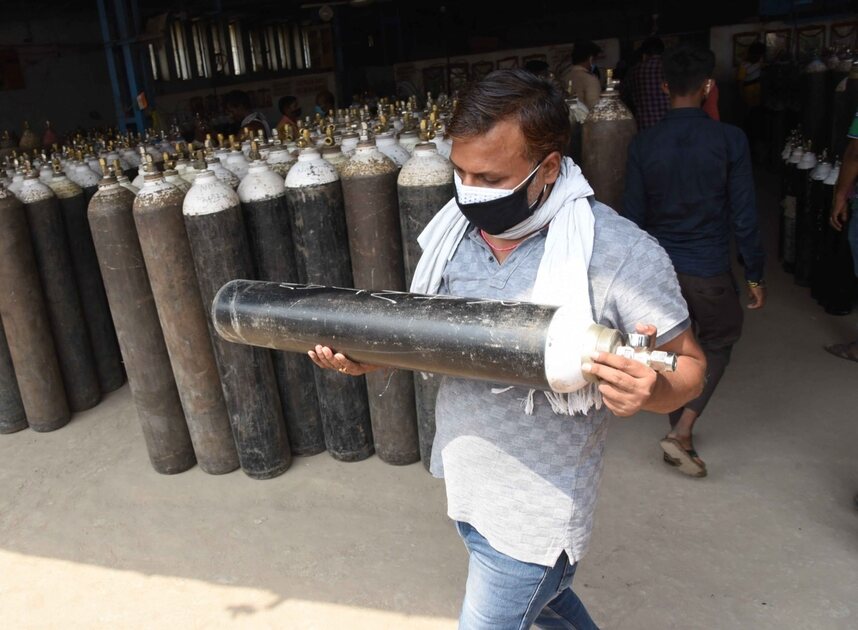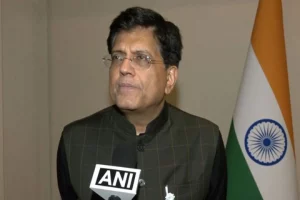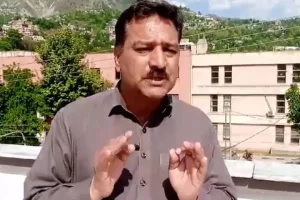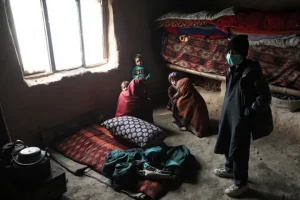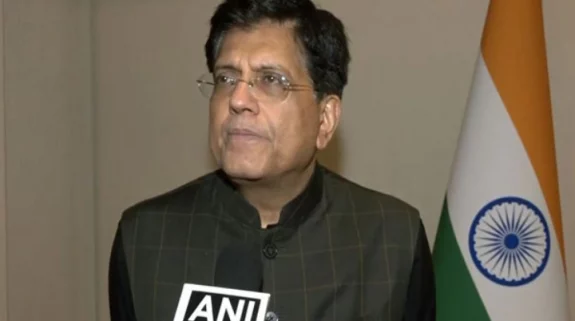By Dheeraj Sharma
With the second wave of Covid crisis slamming India, shortages of oxygen have come under sharp focus, especially in the last one week.
Let us understand this situation in a broader context. First and foremost it is important to understand that the atmosphere contains 21% oxygen and it is not an unlimited resource.
But in most hospitals usage of oxygen has not been differentiated from the old habit of water wastage. Oxygen was seen as available, inexpensive, and perpetual. But all this has changed in the last three weeks. In a study conducted by a team of researchers, it was noticed that the delivery date for oxygen concentrator, if purchased online, has changed from one week to 12 weeks. Specifically, the research team has been collecting data on delivery dates on popular e-commerce websites for oxygen concentrators for the last three weeks. The delivery date was less than a week in the first week of April and is now 18 weeks. Furthermore, pay-on-delivery option has disappeared and one has to pre-pay for this product. Of course, availability of the oxygen concentrators has become questionable.
Further an online survey was conducted to ascertain willingness to purchase and willingness to pay for oxygen concentrators. A total of 1140 online responses were collected. Most of the responses were from cities. Nearly 94% of the population expressed willingness to purchase oxygen concentrators for their homes. Furthermore, the respondents were asked as to what percentage of premium they were willing to pay for an oxygen concentrator. 78% were willing to pay 50% premium on the product. 92% were willing to pay at least a 30% premium. Furthermore, nearly 29% of the respondents have already started searching for oxygen cylinders and 16% have started searching for oxygen concentrators. All of this was in anticipation of the aggravated COVID situation and severity of cases.
Next, a study was conducted with regards to increasing use of cylindered oxygen versus pipeline oxygen. Based on interactions with fourteen hospital administrators, it can be inferred that cylindered oxygen results in nearly 30% wastage. Further, hospital administrators contended that the regularity of oxygen supply is impacted by the lack of inter-state coordination (states have become more thrifty in oxygen distribution across lines), mismatch between oxygen production and freezing, lesser number of outlets for dispensation, and within hospital supply-chain. Finally, at the hospital level, lack of oxygen distribution monitoring, line losses, unregulated supply to patients, unmetered distribution, and lack of separation between ICU vs Non-ICU supply accentuates the oxygen situations.
In another survey conducted across five hospitals in national capital regions, it was found that Covid related products remain available, but at a premium. 403 responses were collected from attendants of patients who are outside the hospitals or Covid wards. 74% of the respondents suggested that critical drugs (Remedisivar, Toslizumab, and Bevacizumab) for the treatment of COVID were available but for a premium (ranging from 50% to 400%).
Therefore, it is safe to assume that the oxygen crisis is an outcome of the following:
Rising COVID cases:New strain, lack of precautions, and non-compliance. Most of us would have noted that wearing masks was declining in most parts of the country and people congregating in places of celebration, purchases, worship, etc has increased.
Changed consumer behaviour:According to global information society theory that the similarity response in a community of when messages are circulated in community resulting in a feeling in consumers that social consensus has been achieved at a global level. Plausibly, a consensus has been reached a priori within the population that there is an oxygen shortage and hence each one of us must buy and even hoard.
Oxygen Supply Chain Challenges: Lack of inter-state cooperation, plant locations, and lack of preparedness are few reasons. It is important to note that the COVID situation has deteriorated in the last four weeks. Yet, guidelines for utilization of oxygen issues in states are as recent as last week. Further, development of SoPs for implementation at hospital level is still under-preparation at least in some cases.
Hospital Administration:It is interesting to note that hospital administrators are reactive in their response, do not exhibit strategic understanding, and clearly did not engage in strategic planning.
Hoarding:This has always been a problem. There were thermometers, sanitizers and masks last year. This year it is oximeters, oxygen cylinders, and oxygen concentrators. Opportunistic behaviour of traders who will probably make things available to the highest bidders.
Following are recommendations for overcoming the current crisis:
1) Strict compliance to COVID prevention norms should be enforced by citizens and community not just by enforcement agencies.
2) Citizens must be assured by the government and its officials against panic buying behaviour and community sharing of resources such as oxygen. Specifically, housing societies, housing boards, sectors, nagars, etc. could create shared resources like oxygen concentrators, oxygen cylinders, sick room etc. Rather than everyone in the building having idle resources it may be worthwhile to have shared resources. Our sense of community if not the government will help us prevail.
3) States should do proper forecasting of cases and assist oxygen deficient states. Further, having evening, night, and weekend curfews for next month would also help.
These curfews if coordinated and consistent across states would be more effective. Finally, it may be useful to state outright that complete lockdown is not going to be done immediately without a sufficient notice. This will settle down the migrant population who are now moving back to their rural homes assuming that a full lock-down will create difficulties for them. Appropriate communication to the citizens on non-implementation of full lock-down will ease a lot of tension. Also, this will reduces incidence and spread of COVID cases in rural areas
4) Hospital administrators must develop strategic orientation to use oxygen as a precious resource by having oxygen measurement, management, and monitoring.
5) Finally, strict punishments for hoarders could prevent artificial shortages. It must be recognised here that today the corporate sector is leading the way by sacrificing industrial production to saving lives. Tata Steel, JSW, RIL, Adani, ITC, among others, are diverting a significant portion of liquid oxygen for medical purposes. I hope that all of us do our bit given that COVID-19 is war and not a battle.
(Prof. Dheeraj Sharma is Director, IIM Rohtak, Views expressed are personal)






